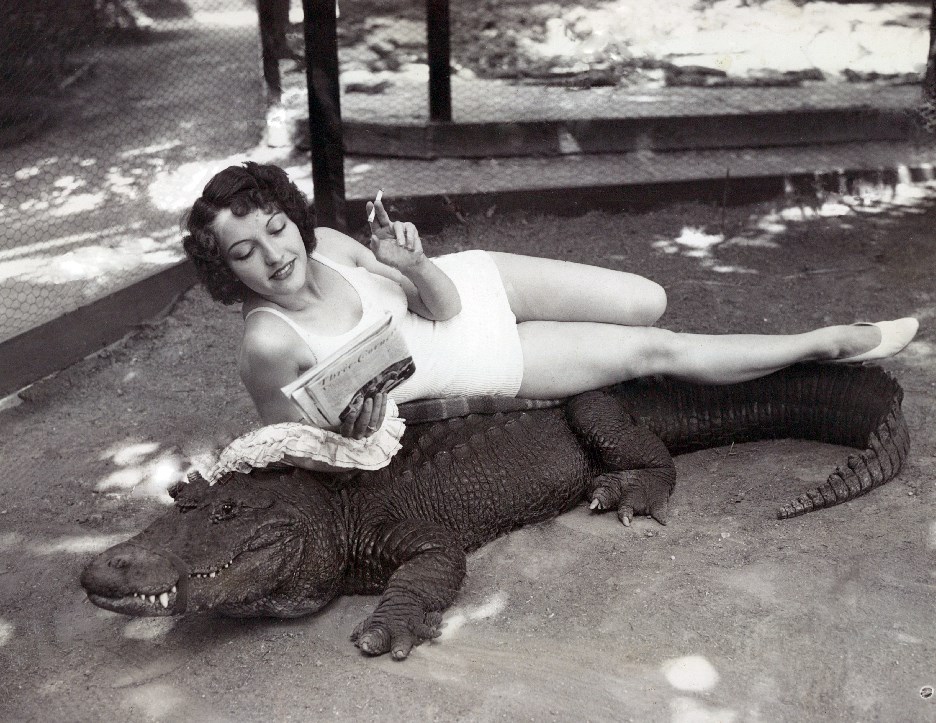by Abbie Walker
“…those almost mystical bonds of trust and affection, if nurtured correctly, might lift a crew above the ordinary sphere, transport it to a place where nine boys somehow became one thing—a thing that could not quite be defined, a thing that was so in tune with the water and the earth and the sky above that, as they rowed, effort was replaced by ecstasy.”
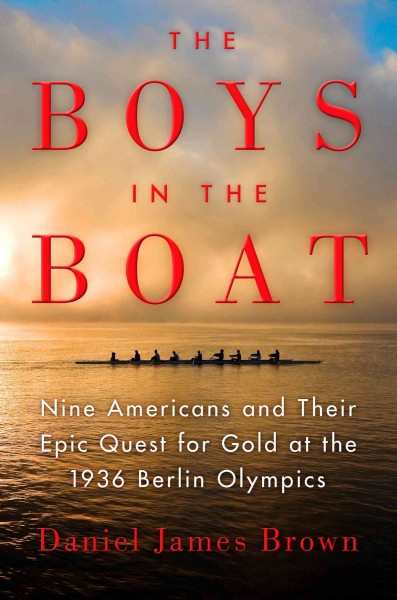 The New York Times bestselling The Boys in the Boat by Daniel James Brown is about the Washington University rowing team that won the 1936 Olympics in Berlin. Through newspaper articles, journals, interviews, and the like, Brown weaves his research into an engaging tale of overcoming odds and pushing toward success.
The New York Times bestselling The Boys in the Boat by Daniel James Brown is about the Washington University rowing team that won the 1936 Olympics in Berlin. Through newspaper articles, journals, interviews, and the like, Brown weaves his research into an engaging tale of overcoming odds and pushing toward success.
While the story involves the journey of nine crew students at Washington, it focuses on Joe Rantz, a talented boy forced to grow up too fast. You get a glimpse of the heartache and struggle he had to endure at a young age that ultimately gave him the fight and determination he needed to excel on the Washington crew.
It’s amazing how these boys were not only a part of a highly-competitive rowing team, but they also had to attend class and do school work, as well as take on jobs to pay their way through college. The demands placed upon that generation and their perseverance through it all are truly inspirational. It was their resolve that transferred into rowing and led them to become Olympic champions.
I never really knew how both physically and mentally demanding rowing is. The details about each stroke, the technique, and how the body is effected left me feeling exhausted in some sections. It also amazed me how in-sync they had to be: “The movements of each rower are so intimately intertwined, so precisely synchronized with the movements of all the others, that any one rower’s mistake or subpar performance can throw off the temp of the stroke, the balance of the boat, and ultimately the success of the whole crew.”
After reading about how much the sport tested the team and how their coaches pushed them, it really made me appreciate rowing, and I think it is one of the most challenging sports of all time.
Not only is this a story about rowing, but Brown also paints a picture of the world during the 1930s. The Depression, the Dust Bowl, and the rise of Hitler all set the backdrop to the primary story of collegiate rowing. The reader gets a better understanding of the political scene during the games and just how influential the American victory in Berlin was on an international level.
I also loved reading about how the team bonded together, not just because of rowing, but because of who they were—the sons of farmers and miners, just trying to survive and working for a better future. The 1936 Olympics wasn’t just a victory for the University of Washington, but for all Americans during a dark time. It’s no wonder that those nine boys in the boat still inspire people today.
Overall, it was an excellent read, and I’m excited to see how it will translate onto the Big Screen in the next year or so.


 What is there to do when a picture book has been canceled? Pencil is the narrator and director in this story. The crayons are getting ready to act out their parts.
What is there to do when a picture book has been canceled? Pencil is the narrator and director in this story. The crayons are getting ready to act out their parts. 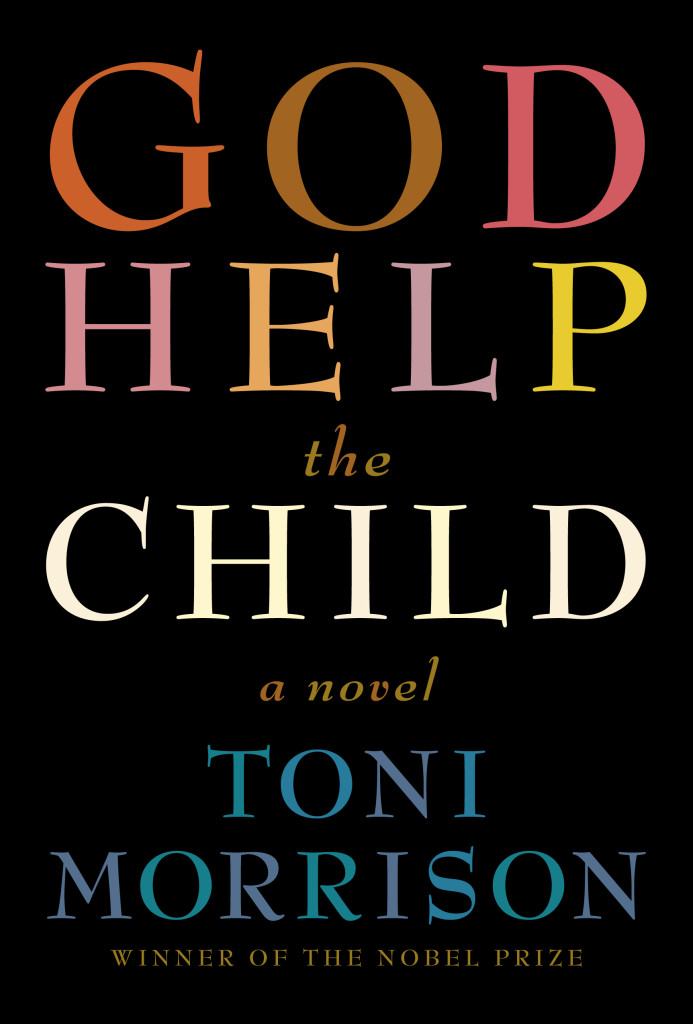 Since it will be coming out in paperback later this month, I feel it’s appropriate to bring back into the conversation my favorite fictional release from 2015, Toni Morrison’s
Since it will be coming out in paperback later this month, I feel it’s appropriate to bring back into the conversation my favorite fictional release from 2015, Toni Morrison’s 
 “Wolf wilders are almost impossible to spot. A wolf wilder is not like a lion tamer nor a circus ringmaster: Wolf Wilders can go their whole lives without laying eyes on a sequin. They look, more or less, like ordinary people. There are clues: More than half are missing a piece of finger, the lobe of an ear, a toe or two. They go through clean bandages the way other people go through socks. They smell very faintly of raw meat.”
“Wolf wilders are almost impossible to spot. A wolf wilder is not like a lion tamer nor a circus ringmaster: Wolf Wilders can go their whole lives without laying eyes on a sequin. They look, more or less, like ordinary people. There are clues: More than half are missing a piece of finger, the lobe of an ear, a toe or two. They go through clean bandages the way other people go through socks. They smell very faintly of raw meat.”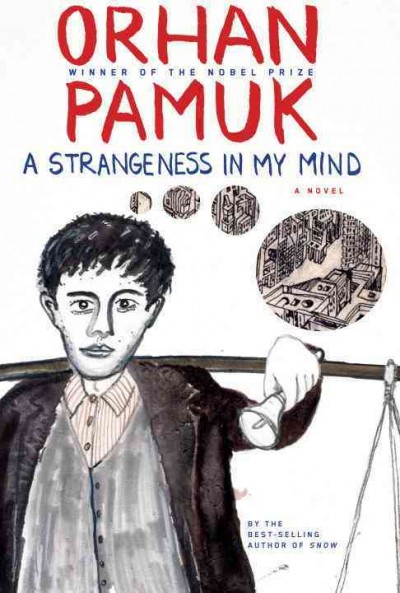 Imagine you’re broke (if you aren’t already), and you’ve just shown up to your successful cousin’s wedding. You’re without a gift, but even worse, you’re without a date. Old relatives are walking by and pinching your cheek asking when they’ll be able to come to your wedding.
Imagine you’re broke (if you aren’t already), and you’ve just shown up to your successful cousin’s wedding. You’re without a gift, but even worse, you’re without a date. Old relatives are walking by and pinching your cheek asking when they’ll be able to come to your wedding.
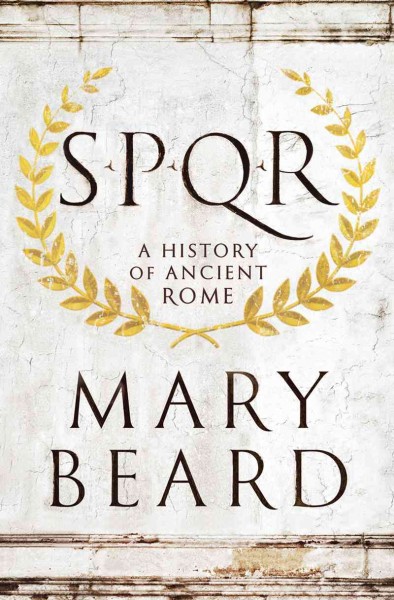 I love reading about pretty much any historical period. But I really love reading about Rome! I memorized toga styles once- it’s kind of an obsession. So I was excited that a
I love reading about pretty much any historical period. But I really love reading about Rome! I memorized toga styles once- it’s kind of an obsession. So I was excited that a 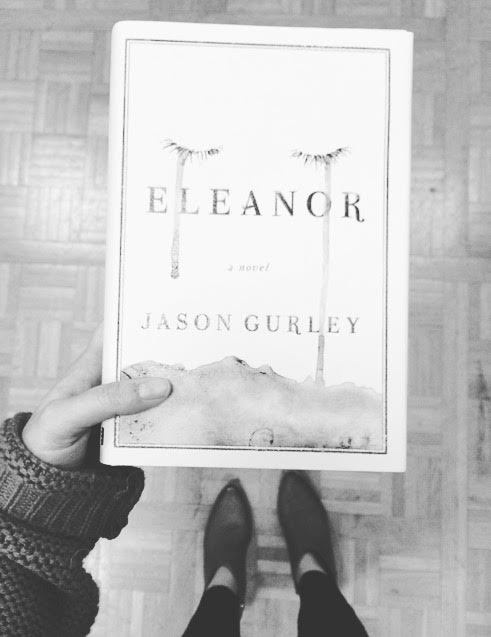
 Over the break, I finally had some time to immerse myself in reading for fun! Did I ignore my impending final exams? Yes, I did! I read a couple of books during this time, but the one that really stood out to me was
Over the break, I finally had some time to immerse myself in reading for fun! Did I ignore my impending final exams? Yes, I did! I read a couple of books during this time, but the one that really stood out to me was  I am rendered a bit speechless in trying to describe what makes Helen Ellis’s new collection of short stories,
I am rendered a bit speechless in trying to describe what makes Helen Ellis’s new collection of short stories, 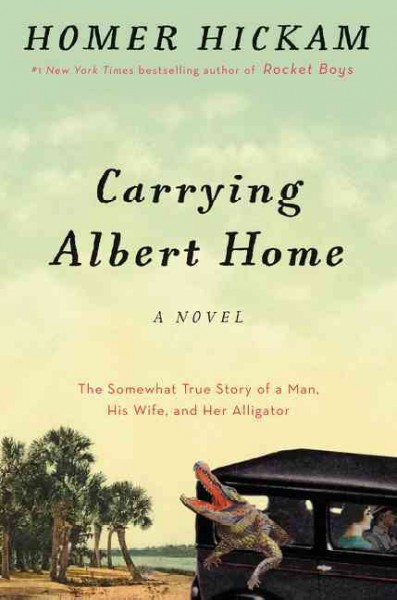 Well folks, I just finished my favorite literary adventure of 2015 with Homer Hickam, Jr.’s new novel,
Well folks, I just finished my favorite literary adventure of 2015 with Homer Hickam, Jr.’s new novel, 